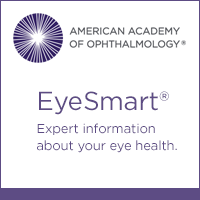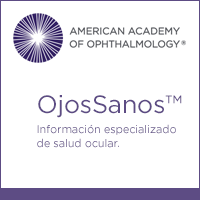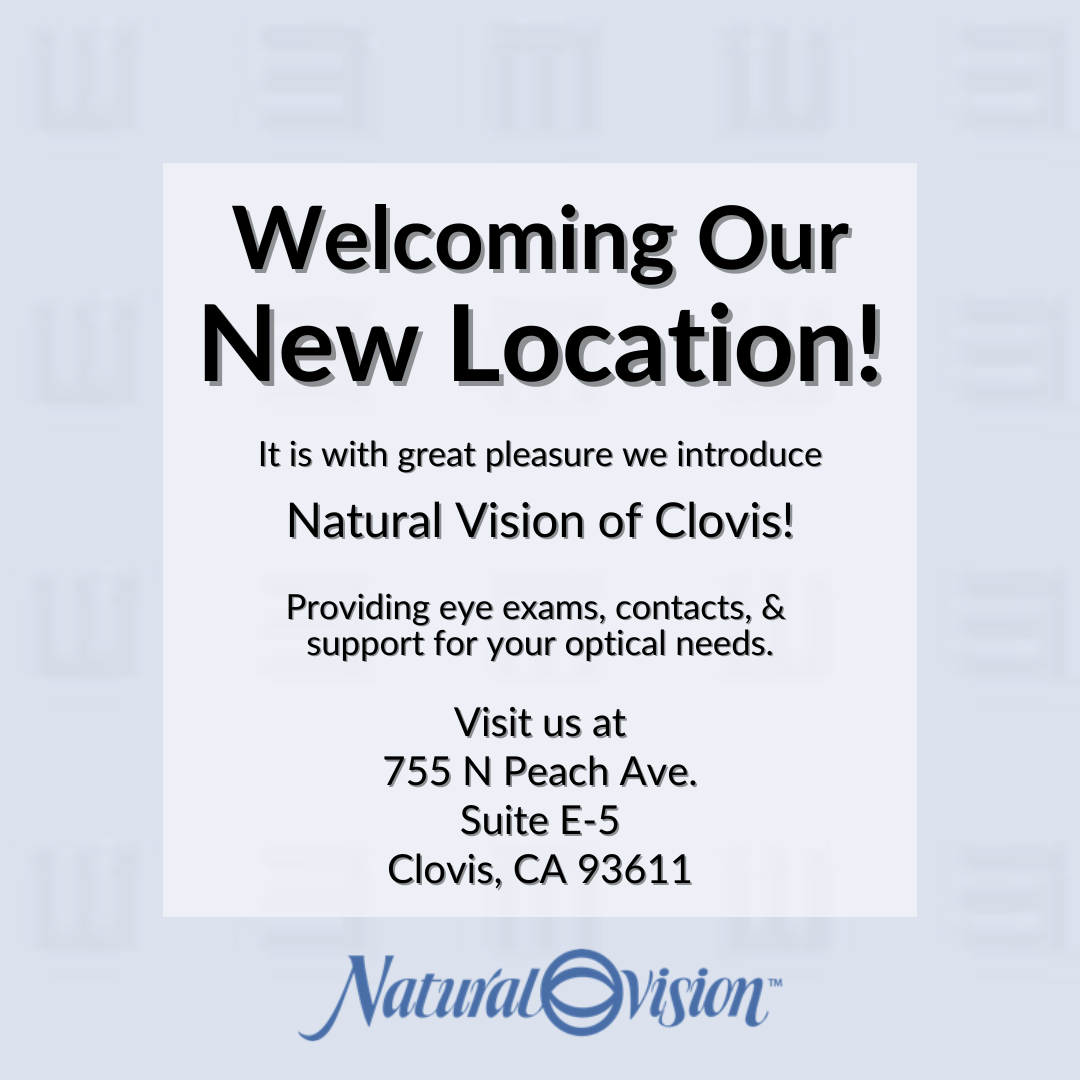The news is full of promising stories and research articles regarding this exciting technology. What exactly are Stem Cells (first named by Russian histologist Alexander Maksimov in 1908) and how do ophthalmologists use them today?So the idea is to locate and use immature body cells and transplant them into the eye. Oaky sounds reasonable so far! We get these undifferentiated cells? They come from 3 or more sources:
- Blood from the placenta (mulitpototent)
- Embryonic stem cells from the placenta and tissues cultures of cells (produced by fusion of an egg and sperm = totipotent)-
- Adult stem cells say from bone marrow or the conjunctiva of the eye (unipotent)
So to qualify as a stem cell, these cells have to self-renew themselves as well as be able to differentiates into specialized cells such as the cornea, retina etc.. Let’s look at the front of the eye where a large number of transplants of the these stem cells are done daily. In the diagram below the clear front of the eye-Cornea, is encircled 360 degrees by a gentle tissue called the conjunctiva. This tissue is critical to the health and functioning of the cornea and your vision. It provides part of the tear film, good bacteria, blood and lymphatic supply. Additionally it produces and generates stem cells first described by Dr Langerhans. These stem cells migrate into the cornea and repopulate critical cells called keratocytes that literally rebuild the clear cornea. The blue color is your iris and the white area is the limbus where the stem cells live. The commonest eye condition that requires stem cell surgery is called a pterygium(wing) and can severely damage your vision as in this picture of a patient of ours last week In patients who have dry eyes, we transplant placenta around the cornea to rebuild these tissues. And helps in patients with dry eyes. These human limbal stem cells can be identified by their production of protein such as p36 transcription and many other factors (molecule known as ABCB5). Years ago we would use fresh placental tissue very successfully for this purpose, but today with the HIV problem, these tissues are carefully processed. Many contact lens practioners and LASIK surgeons use these tissues for difficult healing patients. If you would like more information, please contact us at (559) 432-1000.
— David B. Kaye, M.D.





